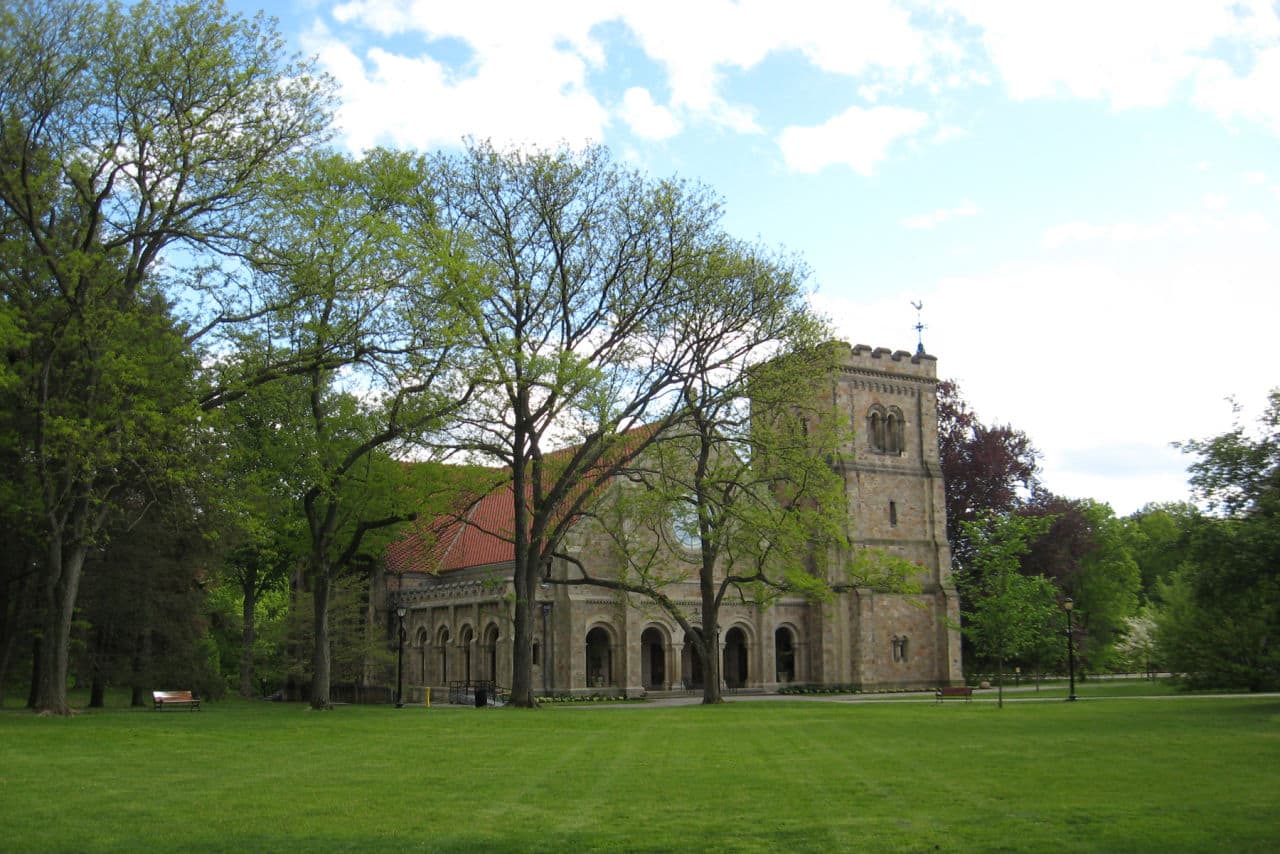Advertisement
Economic Inequality Goes To College
ResumeAmerican colleges cutting gut the middle, the poor and the push to turn that around.

In the golden age of America’s middle class, American universities were a big part of the conveyor belt to opportunity. That’s still our vision. But stroll around many top college campuses these days and you can feel how affluence rules. Dominates. Colleges get racial and religious and geographic diversity. But spending the money to bring in low-income and middle class students can slip to a second-tier priority. And with that slips the goal of mixing economic classes, giving all a shot. This hour On Point: American colleges leaning toward the affluent, and the push to turn that around.
-- Tom Ashbrook
Guests
Catharine Hill, president of Vassar College.
Richard Kahlenberg, senior fellow at the Century Foundation. Author of "All Together Now" and "The Remedy." (@rickkahlenberg)
Stephen Burd, senior policy analyst with New America's Education Policy Program. (@stephenburd2)
Holden Thorp, provost and executive vice chancellor for Academic Affairs at Washington University in St. Louis. (@holdenwu)
From Tom’s Reading List
New York Times: Generation Later, Poor Are Still Rare at Elite Colleges — "A series of federal surveys of selective colleges found virtually no change from the 1990s to 2012 in enrollment of students who are less well off — less than 15 percent by some measures — even though there was a huge increase over that time in the number of such students going to college. Similar studies looking at a narrower range of top wealthy universities back those findings. With race-based affirmative action losing both judicial and public support, many have urged selective colleges to shift more focus to economic diversity."
The Atlantic: Why Ivy League Schools Are So Bad at Economic Diversity — "During my time as a student and now professor, I have met many youth from average-income families who are driven to succeed by a desire to address the systemic economic inequalities with which their parents and neighbors struggle. For some, using their diplomas to win high-paying positions that will enable them to support their immediate families is sufficient. Others believe participating in social movements that advance economic justice is the most effective way for them to help."
Yale Alumni Magazine: Wanted: smart students from poor families -- "It remains true, though, that students with backgrounds like mine are much more common at schools like Yale than students with backgrounds like Tynan’s. Nationwide, the well-off are more likely to enjoy the amenities and expectations that encourage academic achievement. In 2010–11, 35 percent of American students at four-year state and private colleges received Pell Grants, the main type of federal aid for low- and moderate-income students."
This program aired on April 13, 2015.